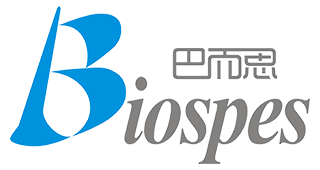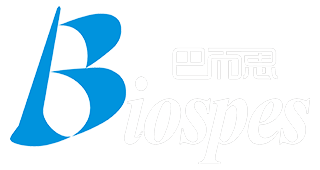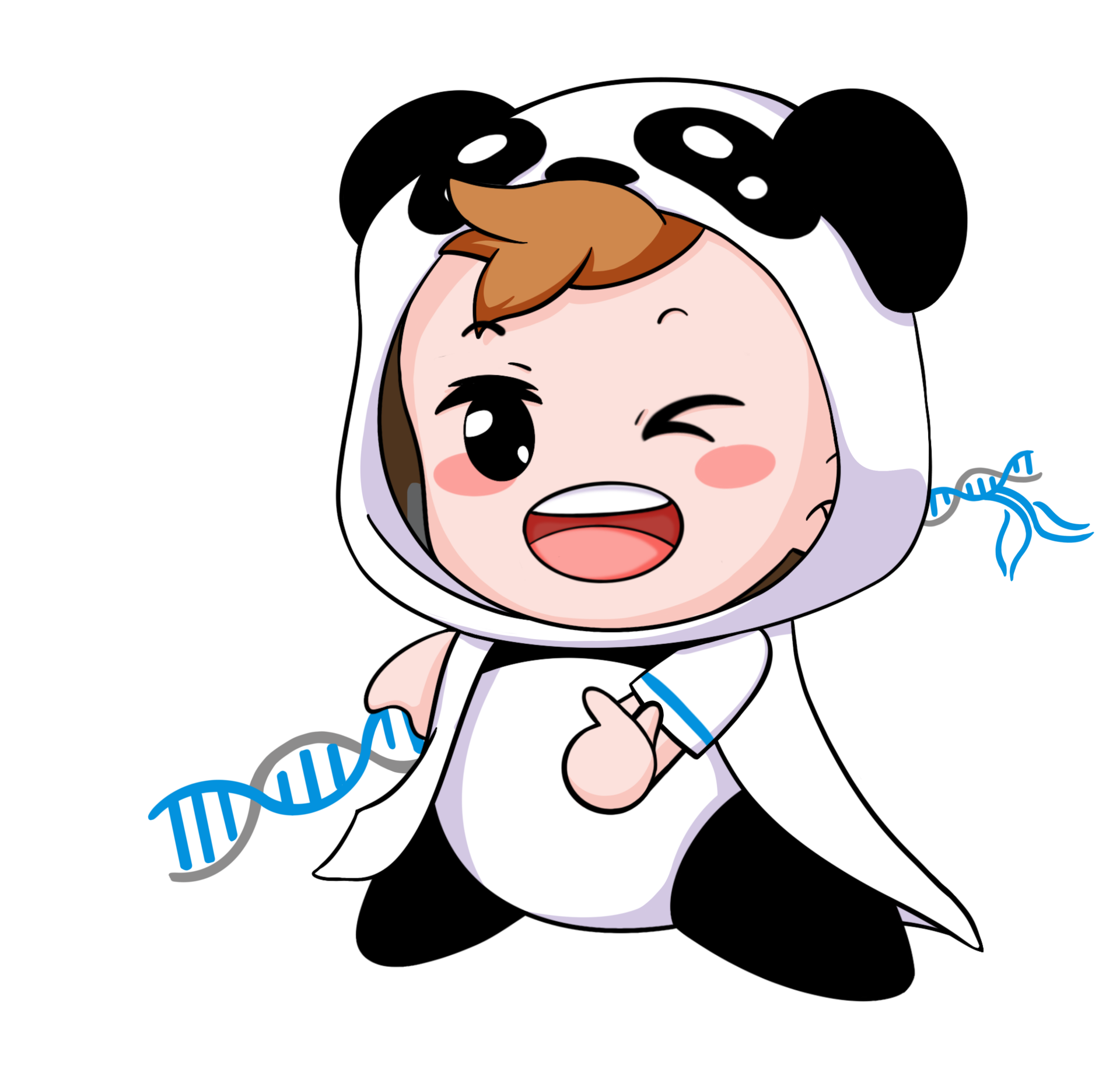Recombinant Human Muellerian-inhibiting substance/Anti-Muellerian hormone, MIS/AMH Protein
Lot # Check on the product label
Size: 100 μg
Description: Recombinant human AMH protein from the region of N-terminal.
Synonyms: Muellerian-inhibiting factor, MIF, Anti-Muellerian hormone, AMH, Muellerian-inhibiting substance, MIS
Source: Eukaryotic expression (293-F cell)
--------------------------------------------------------------------------------------------------------------
Price: $450.00
Catalog# BRP1126
Lot # Check on the product label
Size 100 μg
Description
Recombinant human AMH protein from the region of N-terminal.
Synonyms Muellerian-inhibiting factor, MIF, Anti-Muellerian hormone, AMH, Muellerian-inhibiting substance, MIS
Source Eukaryotic expression (293-F cell)
Purity >95% by SDS-PAGE
Formulation Liquid
Application
ELISA
SDS-PAGE
Other applications have not been tested.
The optimal dilutions should be determined by end user.
Storage buffer
Each vial contains 0.01 M PBS (pH7.4).
Storage & Expiration
Ship at 4℃. Upon receipt, aliquot and store at -20℃ or -80℃ for long term.
Avoid repeated freeze and thaw cycles.
Background
Anti-Müllerian hormone (AMH), also known as Müllerian-inhibiting hormone (MIH), is a glycoprotein hormone structurally related to inhibin and activin from the transforming growth factor beta superfamily, whose key roles are in growth differentiation and folliculogenesis. AMH is a standard marker of ovarian reserve. Correlation between AMH and egg euploidy is controversial. Gat I et al study shows a correlation between AMH and aneuploidy rate, specifically among infertile patients younger than 37 years old. AMH is also a reliable marker of ovarian reserve in endometriosis patients, and it can predict follicular density in women undergoing ovarian tissue cryopreservation. In mammals, AMH prevents the development of the Müllerian ducts into the uterus and other Müllerian structures. The effect is ipsilateral, that is each testis suppresses Müllerian development only on its own side. In humans, this action takes place during the first 8 weeks of gestation. If no hormone is produced from the gonads, the Müllerian ducts automatically develop, while the Wolffian ducts, which are responsible for male reproductive parts, automatically die.
Reference
1. Rzeszowska, Marzena; Leszcz, Agnieszka; Putowski, Lechosław; Hałabiś, Magdalena; Tkaczuk-Włach, Joanna; Kotarski, Jan; Polak, Grzegorz (2016). "Anti-Müllerian hormone: structure, properties and appliance". Ginekologia Polska. 87 (9): 669–674.
2. Gat I, AlKudmani B, Wong K, Zohni K, Weizman NF, Librach C, Sharma P. Significant correlation between anti-müllerian hormone and embryo euploidy in a subpopulation of infertile patients. Reprod Biomed Online. 2017 Aug 1.
Details
Product Center



